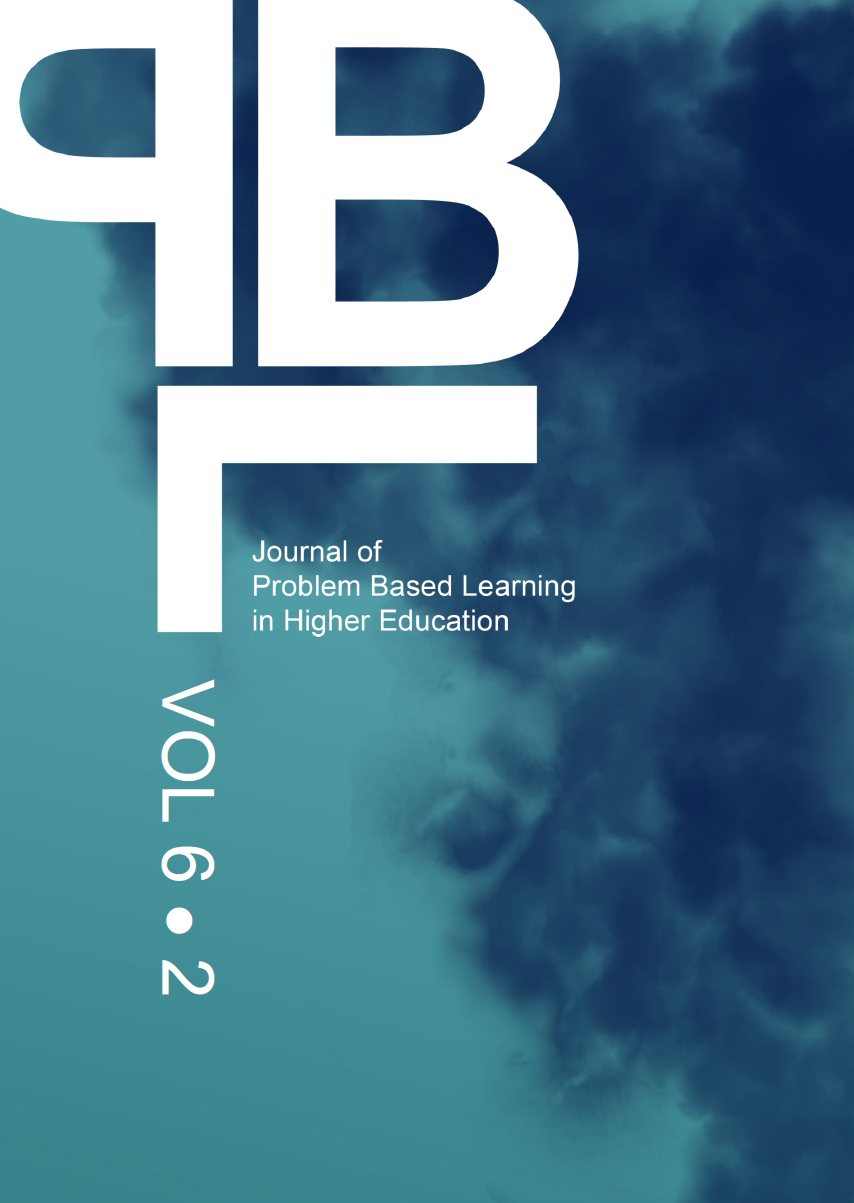Abstract
This paper shares a practice of encouraging critical analysis in science students by comparing mobile applications and peripherals to traditional tools to record physiological variables such as heart rate and blood pressure. A progressive series of case studies is described with learning outcomes mapped to the benchmark statement for Bioscience from the United Kingdom's Quality Assurance Agency. A student reflection and staff commentary of the practice is also offered.
References
Bloom, B. S., Englehart, M. B., Furst, E. J., Hill, W. H., & Krathwohl, D. R. (1956). Taxonomy of educational objectives The classification of educational goals. Handbook I: Cognitive domain. New York: Longman Green.
Castanho, M. A. R. B., & Güner-Akdogan, G. (2012). The researching, teaching and learning triangle. Springer Science and Business Media, LLC.
Handler, J. (2009). The importance of accurate blood pressure measurement. The Permanente Journal, 13(3), 51. URL: https://www.ncbi.nlm.nih.gov/pmc/articles/PMC2911816/
Herreid, C. F., Schiller, N. A., & Herreid, K. F. (2012). Science stories: Using case studies to teach critical thinking. NSTA Press.
Martínez-Pérez, B., de la Torre-Díez, I., & López-Coronado, M. (2013). Mobile health applications for the most prevalent conditions by the World Health Organization: Review and analysis. Journal of Medical Internet Research, 15(6), 120. URL: http://www.jmir.org/2013/6/e120/
Monsen, R. E., & Horn V. L. (2008). Research: Successful approaches, (3rd ed.). American Dietetic Association.
Myers, M. G., McInnis, N. H., Fodor, G. J., & Leenen. F., H. (2008). Comparison between an automated and manual sphygmomanometer in a population survey. American Journal of Hypertension, 21(3), 280-283. URL: https://academic.oup.com/ajh/article/21/3/280/102189/Comparison-Between-an-Automated-and-Manual
OECD. (2012). Transferable Skills Training for Researchers: Supporting career development and research. OECD Publishing.
Ostchega, Y., Zhang, G., Sorlie, P., Hughes, J. P., Reed-Gillette, D. S., Nwankwo, T., & Yoon, S. (2012). Blood pressure randomized methodology study comparing automatic oscillometric and mercury sphygmomanometer devices: National Health and Nutrition Examination Survey, 2009–2010. National Health Statistics Reports, 59(5), 1-16.
Pavlik, V. N., Hyman, D. J., & Toronjo, C. (2000). Comparison of Automated and Mercury Column Blood Pressure Measurements in Health Care Settings. Journal of Clinical Hypertension, 2(2), 81-86. URL: https://www.ncbi.nlm.nih.gov/pubmed/11416630
Author. (2014). Validity of freely available mobile applications for recording resting heart rate. Annals of Biological Research 5(12), 11-15.
Author. (2015). An investigation into a contactless photoplethysmographic mobile application to record heart rate post-exercise: Implications for field testing. Biomedical Human Kinetics, 7(1): 95-99. URL: https://www.degruyter.com/view/j/bhk.2015.7.issue-1/bhk-2015-0015/bhk-2015-0015.xml
Quality Assurance Agency. (2007). Subject benchmark statement: Bioscience. Available at: http://www.QAA.ac.uk/publications/informationandguidance/pages/subject-benchmark-statement-biosciences.aspx [Accessed 31 July 2015].
Savery, J. R. (2006). Overview of problem-based learning: Definitions and distinctions. In A. Walker, H. Leary, A. Hmelo-Silver & P. A. Ertmer (eds), Essential Readings in Problem-Based Learning: Exploring and Extending the Legacy of Howard S. Barrows, by Purdue University Press.
Sunal, W. D., Wright, L. E., & Day, J. (2004). Reform in undergraduate science teaching for the 21st century. Information Age Publishing, Inc.
Topouchian, J., Agnoletti, D., Blacher, J., Youssef, A., Chahine, M. N., Ibanez, I., Assemani, N., & Asmar, R. (2014). Validation of four devices: Omron M6 Comfort, Omron HEM-7420, Withings BP-800, & Polygreen KP-7670 for home blood pressure measurement according to the European Society of Hypertension International Protocol. Vascular Health and Risk Management, 16(10), 33-44. URL: https://www.ncbi.nlm.nih.gov/pmc/articles/PMC3897354/
Torous, J., Friedman, R., & Keshavan, M. (2014). Smartphone ownership and interest in mobile applications to monitor symptoms of mental health conditions. JMIR mHealth and uHealth, 2(1), e2. URL: http://mhealth.jmir.org/2014/1/e2/?newDesign
Articles published in Journal of Problem Based Learning in Higher Education are following the license Creative Commons Attribution 4.0 (CC-BY)
Authors retain copyright and grant the journal right of first publication with the work simultaneously licensed under a Creative Commons Attribution 4.0 International License (CC-BY). Further information about Creative Commons
